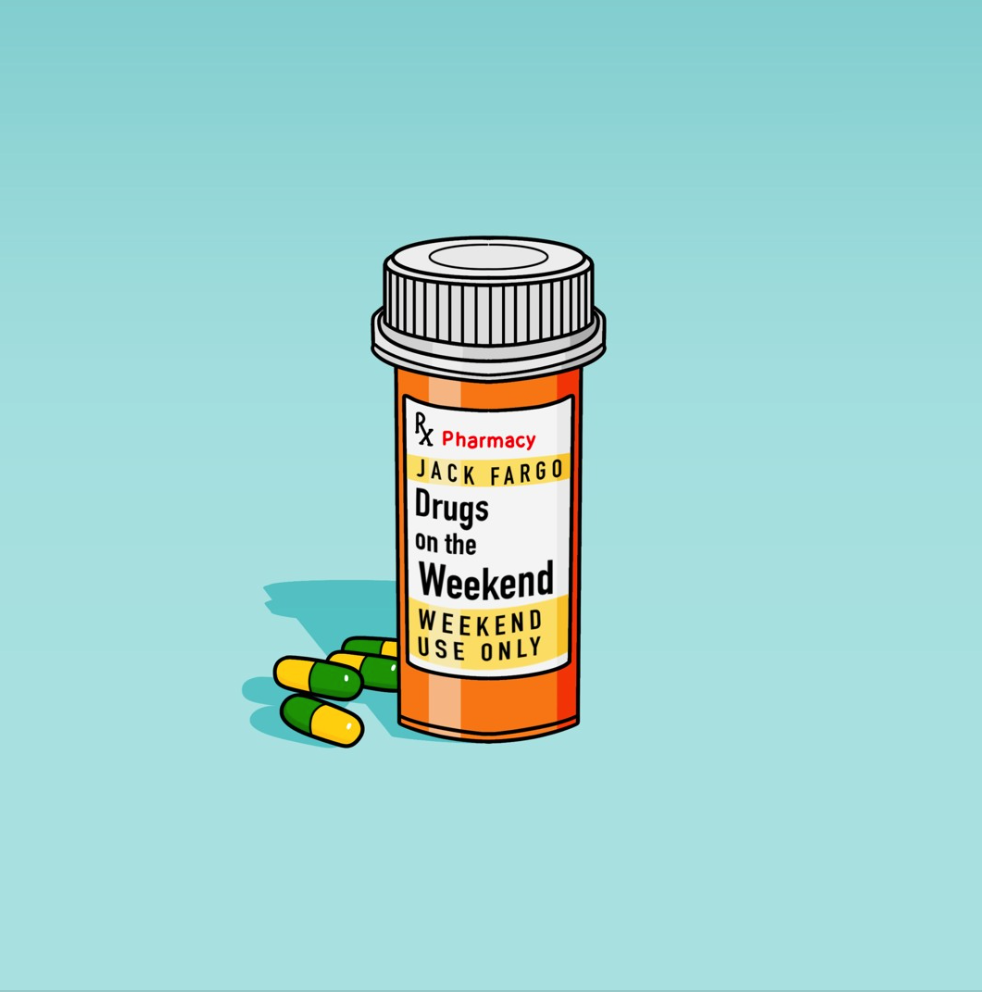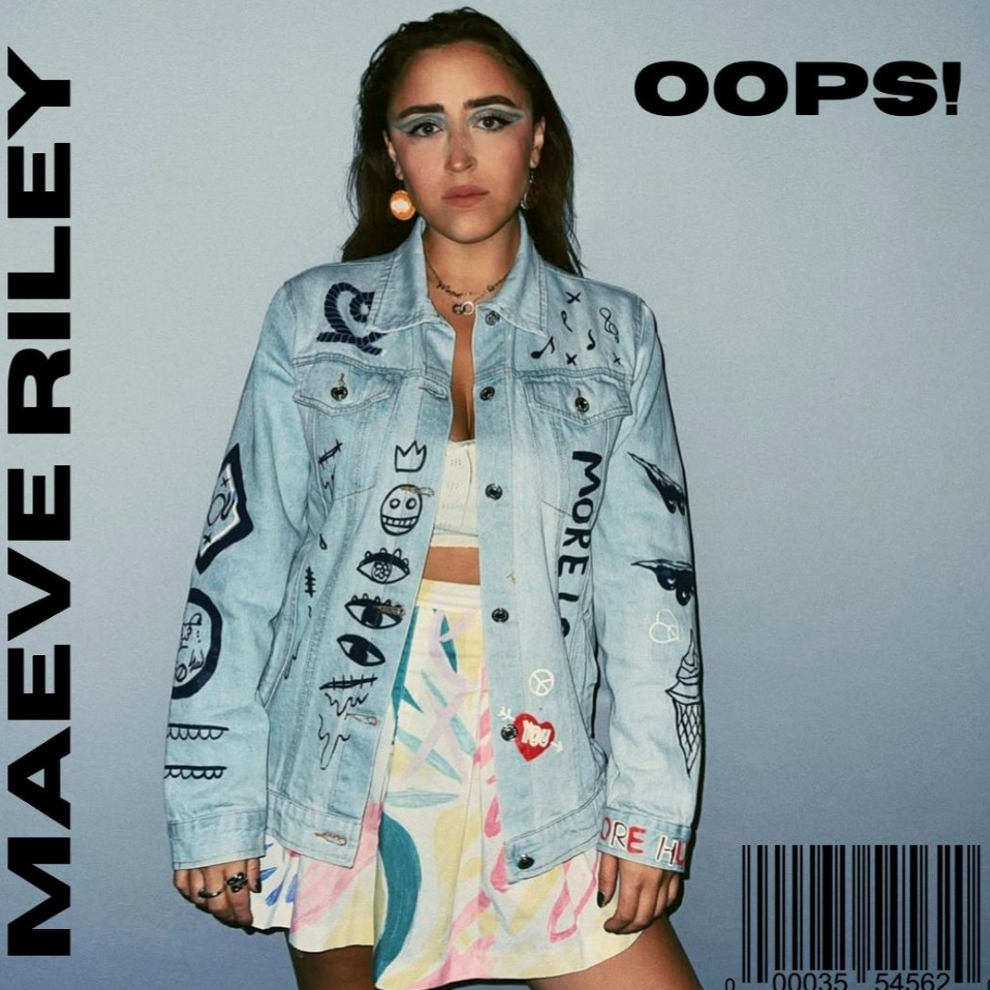Blue Violence. turned the emotional weight of disconnection into a dancefloor confession with ‘My Feet Are Sad on the Dancefloor’, the keystone single from his 3-track EP, ‘Ugh…’. With synths set to shimmer and sardonic melancholy laced through the beat, this melancholic indietronica lament spins the disco ball on its axis to reflect a darker spectrum of inner turmoil.
Through anthropomorphised sorrow, Daniel Fischetti—writing and producing as Blue Violence.—exposes the paradox of internal desolation amidst external euphoria. While glitter rains and basslines throb in euphoric unison, his feet remain heavy with the weight of unshakable emotional inertia. There’s funk in the Depeche Mode-esque rhythm and pain in the lyricism, stitched together with the same magnetic gloom found in the works of John Grant.
Hailing from Southern California, Fischetti started Blue Violence in 2019 during a collaboration with producer and engineer Chris Caccamise of CJE Productions. Their work on the debut album Modern Love cemented Blue Violence. as a name worth noting in the shadowy corners of synth pop. Since then, Fischetti has remained self-contained in his sonic pursuits, refining his signature style without sanding away the raw emotional contours.
‘My Feet Are Sad on the Dancefloor’ doesn’t fake the catharsis—it coils around it, examining every nuance of numbness through neon-soaked textures and darkly sweet tones. Blue Violence delivered the funked-up synth pop hit we never knew we needed. He’s the definitive sad boi of synth pop.
‘My Feet Are Sad on the Dancefloor’ is now available to stream on all major platforms, including Spotify.
Review by Amelia Vandergast


